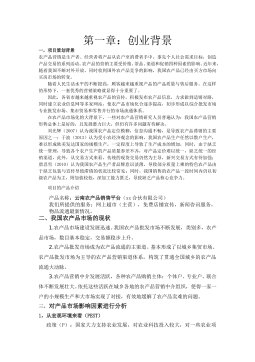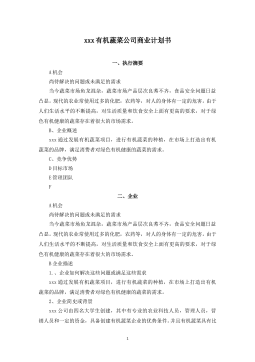双级压缩空气源热泵结霜工况下性能试验研究
摘要随着我国经济飞速发展、城市化进程不断加快,我国城镇建筑规模、房屋面积不断扩大。人们对工作和生活环境的舒适性要求越来越高,对室内环境的空气品质要求进一步提高。因此,研制一种适合家庭用户应用的新型、高效、清洁,符合可持续发展要求的供热方式,已成为当前建筑节能及转变传统的供热方式亟待解决的课题。空气源热泵系统在我国长江流域得到了广泛应用,是目前应用最为广泛的一种热泵系统。但是空气源热泵在寒冷地区冬季制热时,由于空气源温度过低,造成普通的单级风冷热泵吸气压力低、压比增大、工质循环量减小、排气温度急剧上升、机组制热量下降及换热器表面结霜等一系列问题,限制了其进一步推广使用。针对热泵的一系列问题,提出...
相关推荐
-
10KV电网D-SCADA 系统信息采集与故障诊断研究与设计VIP免费

 2024-10-14 25
2024-10-14 25 -
方形吸顶散流器平送风等温射流特性研究VIP免费

 2025-01-09 7
2025-01-09 7 -
关于充液声导波传感器中频散兰姆波的研究VIP免费

 2025-01-09 10
2025-01-09 10 -
结合梁斜拉桥施工过程中考虑剪力滞影响的分析方法VIP免费

 2025-01-09 6
2025-01-09 6 -
空调房间热舒适性的数值模拟与实验研究VIP免费

 2025-01-09 7
2025-01-09 7 -
汽车前轮线控转向系统研究VIP免费

 2025-01-09 8
2025-01-09 8 -
输入分配型混合动力车辆动力系统控制策略研究VIP免费

 2025-01-09 7
2025-01-09 7 -
双馈风力发电系统的柔性并网控制研VIP免费

 2025-01-09 9
2025-01-09 9 -
污水处理厂污泥好氧堆肥发酵技术的试验研究VIP免费

 2025-01-09 7
2025-01-09 7 -
应用风室试验装置的风机性能VIP免费

 2025-01-09 8
2025-01-09 8
相关内容
-

汽车前轮线控转向系统研究
分类:高等教育资料
时间:2025-01-09
标签:无
格式:PDF
价格:15 积分
-

输入分配型混合动力车辆动力系统控制策略研究
分类:高等教育资料
时间:2025-01-09
标签:无
格式:PDF
价格:15 积分
-

双馈风力发电系统的柔性并网控制研
分类:高等教育资料
时间:2025-01-09
标签:无
格式:PDF
价格:15 积分
-

污水处理厂污泥好氧堆肥发酵技术的试验研究
分类:高等教育资料
时间:2025-01-09
标签:无
格式:PDF
价格:15 积分
-

应用风室试验装置的风机性能
分类:高等教育资料
时间:2025-01-09
标签:无
格式:PDF
价格:15 积分






